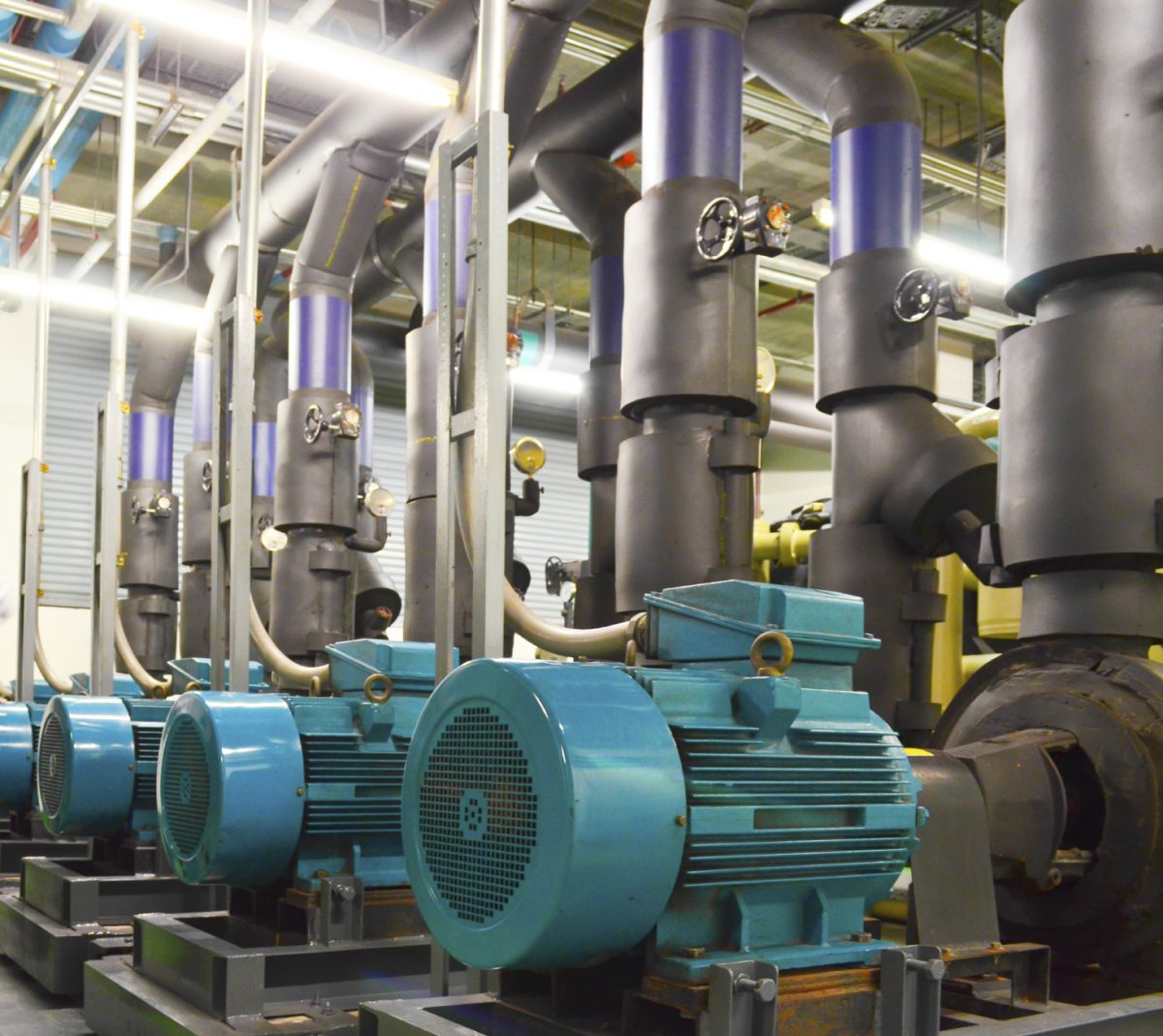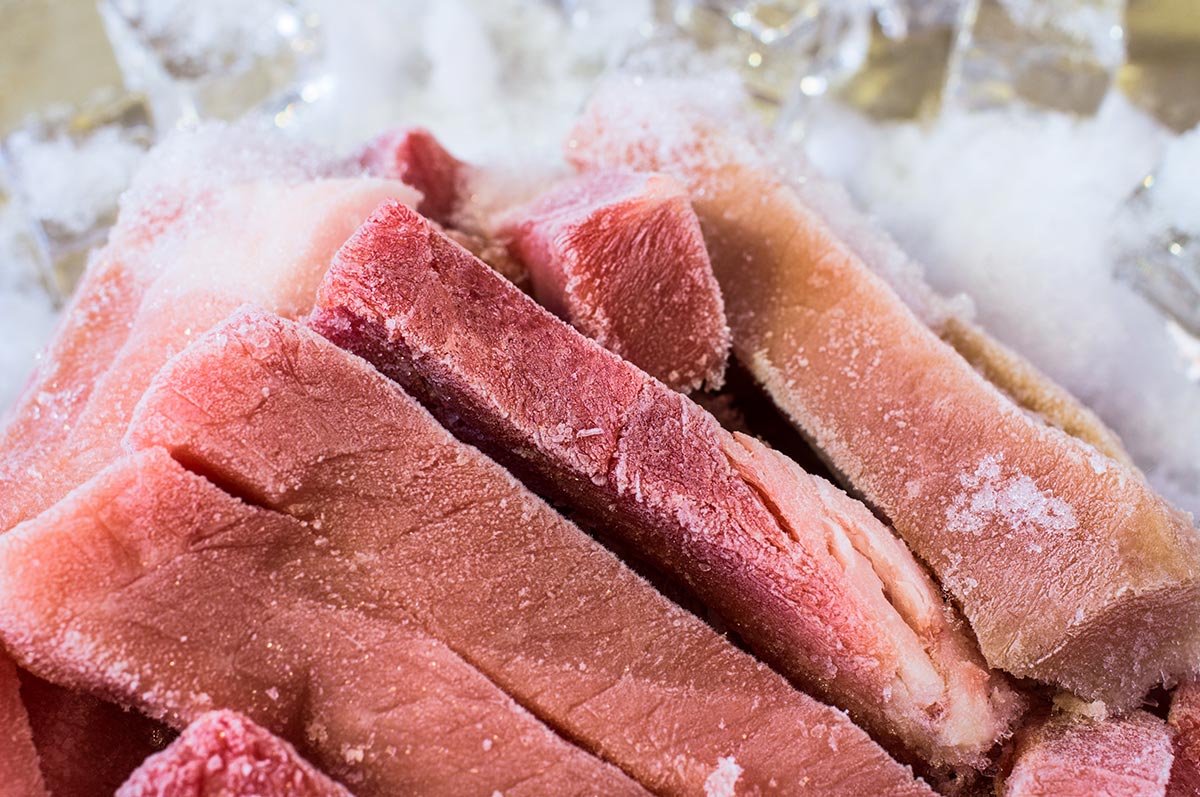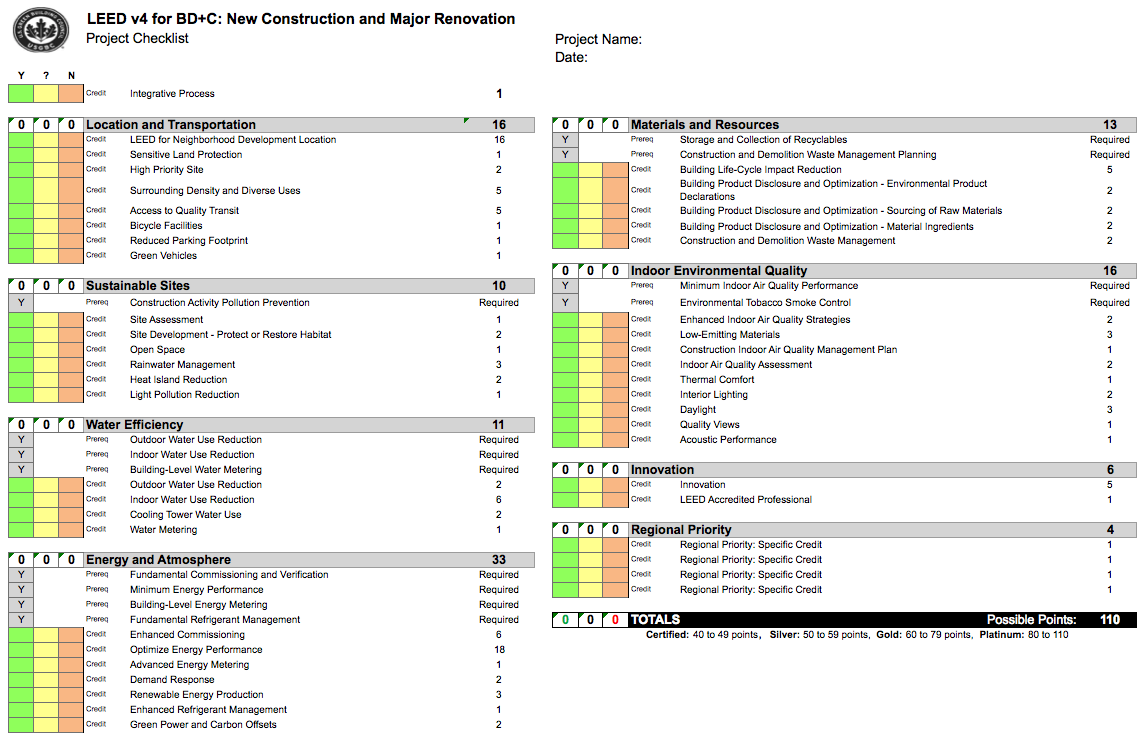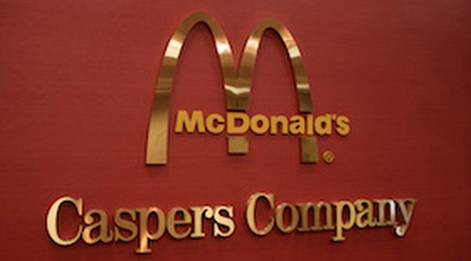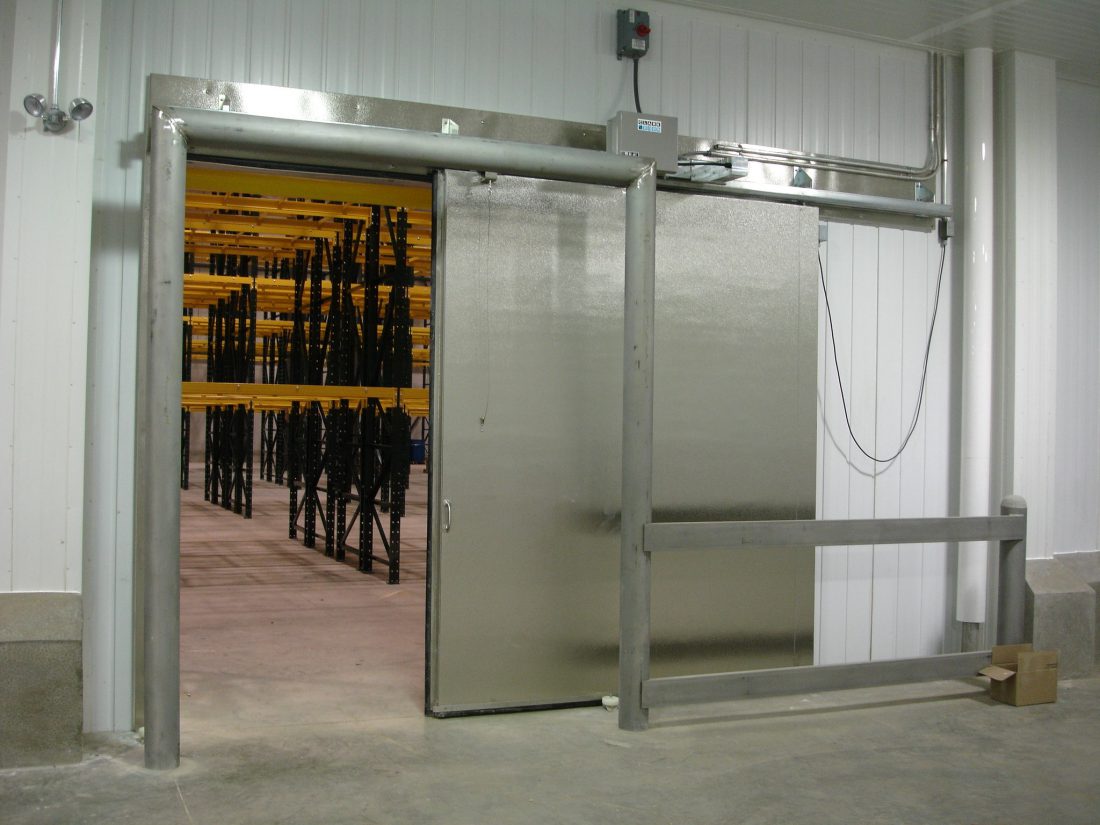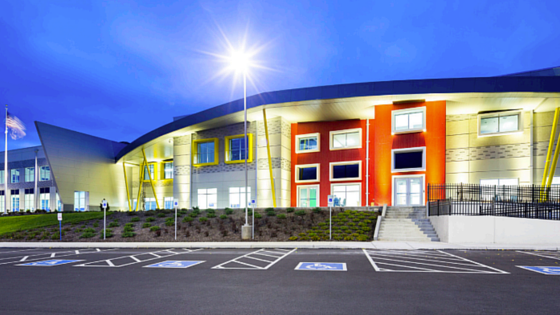Understanding LEED v4’s Energy and Water Use Prerequisites and Credits
When it comes to green building, LEED v4 is the new standard. As of October 31, 2016, the United States Green Building Council (USGBC) will only accept new LEED registrations under LEED v4. Although the registration date was extended, the last day projects can submit for v3 certification — the sunset date — is still June 30, 2021.
The latest version of the LEED rating system features more rigorous standards, and while some of the credits and prerequisites are essentially the same as the 2009 version, there are some significant changes.
I outlined those changes in a previous post, but now let’s take a closer look at some of the new prerequisites and credits ushered in by LEED v4, specifically those involving energy use and environmental impact.
Continue Reading “Understanding LEED v4’s Energy and Water Use Prerequisites and Credits”






